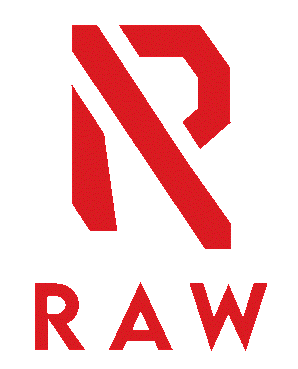There’s a famous saying that goes: “You are what you eat”. But what if you really don’t know what you are eating?

Do you know that:
- Foods labeled as “natural”
- Only means that some ingredient(s) in the food is natural, but not all of it?
- Candies that come with the label “fat-free”
- But candies are almost 100% sugar?
- Vegetable products that are labeled as “cholesterol-free”
- But vegetables do not have cholesterol?
Understanding how to read food labels will help you make informed selections and will at the very least offer you a better understanding of what you’re putting into your body, whether your objective is to get leaner or healthier.
These are the 5 steps process on how to read food labels
1. Be cautious of health claims on food packaging
The health claims on food packaging can just be marketing gimmicks meant to sell the idea that the item is healthy or healthier by emphasizing the positives and ignoring the negatives.Even seemingly Health Promotion Board-endorsed claims of “low-fat”, “lower in saturated fat”, “no-added-sugar”, “low-sugar”, “contains wholegrains”, etc. do not show you the complete picture.
- “Low-sugar” food may come with more fat and contain other ingredients similar to sugar, such as syrup, corn syrup, honey, etc.
- “Low-fat” food may come with more sugar. “Contains wholegrain” just means that only a small fraction (possibly minimal) of the food contains wholegrain, and not the entire product.
- “No-added-sugar” fruit juice already has fructose – a commonly as fruit sugar. The nutrition content of packaged fruit juices is very different from eating whole fruits, as fiber has been removed in the juicing process (try eating the same number of fruits to make a glass of fruit juice – I guarantee it won’t be an easy feat).
Read more about how to decipher the “Healthier Choice Symbol” in Singapore here: https://rawactivesg.com/wellness/is-food-with-healthier-choice-symbol-really-healthy-for-you/
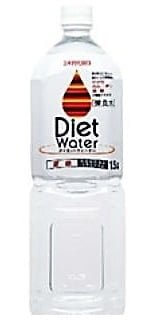
Be wary of misleading health claims – water is water.
You don’t need “diet” water for weight management.
Ingredients are given in proportional order. The item that is present in the MOST quantity is mentioned FIRST, and the ingredient that is present in the LEAST quantity is listed LAST.Observing the type and quantity of ingredients can help you determine a food’s “healthiness” when reading food labels:
- Quality: Avoid food that contains the following within its first 3 ingredients
- Sugar – common variations include: high fructose corn syrup, syrup, molasse, agave, dextrose, sucrose, glucose, maltose, and lactose.
- Oil – common variations include: vegetable oil, hydrogenated vegetable oil, coconut oil, palm oil, palm kernel oil, and cocoa butter
- Quantity: If a food contains a long(er) list of ingredients, it is likely to be more highly processed. A good rule of thumb is to aim for foods with less than 5 ingredients. Food which contains only 1 ingredient is the best.
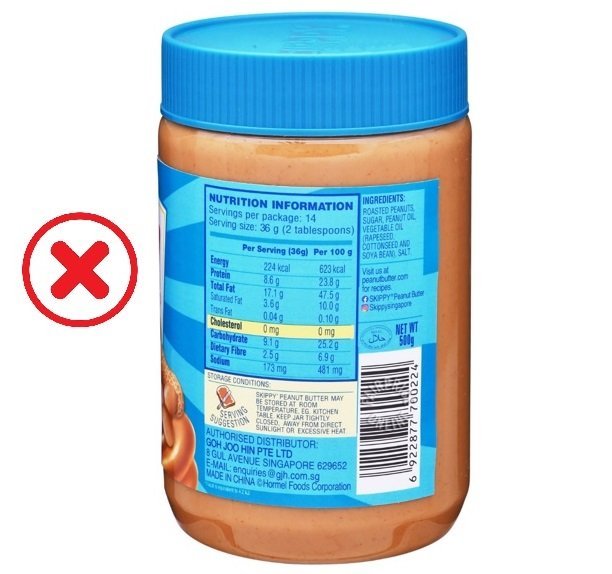
Example: Skippy Peanut Butter

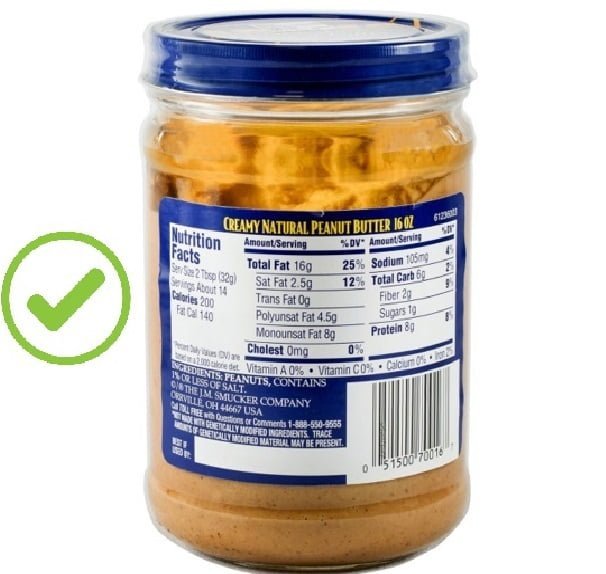
Example: Adam’s 100% Natural Peanut Butter

3. Pay attention to serving size and total amount per package
Don’t be duped by serving sizes because producers can cut them to make the quantity of calories, fats, and carbohydrates appear to be lower.
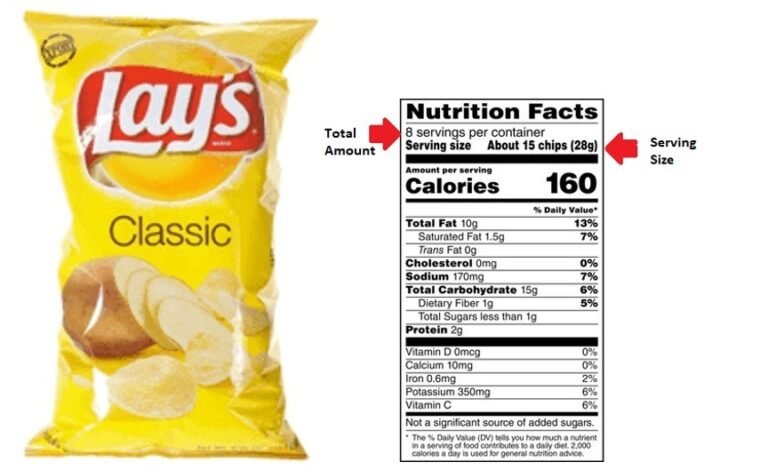
Example: Classic lay’s potato chips

Per serving of 15 chips gives you ‘only’ 160kcal, but the whole packet will provide you with a massive amount of 1280kcal.
To find out the total nutrition count in a whole package of food, take the amount per serving multiplied by the number of servings in one package. That will give you the full picture.

Can you stop at 10 chips?
4. Check for calories, fats, and carbohydrates

When reading food labels, you can use the example above to show how to look at the number of calories, fat, and carbs in a serving to see how they fit into your own needs and goals.
Keep in mind that the amount shown in the example is the amount per serving, so if you want to consume the entire packet, you must multiply it by the number of servings.
If your goal is to lose weight (or to avoid weight gain)To determine if it fits into your Daily Caloric Intake, you need first look at the total number of calories. The ratio of carbohydrates to fats in your diet is not as important as long as you eat within the recommended Daily Caloric Intake for weight reduction or maintenance.
To find out how you can lose weight (and keep it off for good) in Singapore, please refer to this article: https://rawactivesg.com/fat-loss-training/keeping-in-shape-understanding-fat-loss-vs-weight-loss/

Product 2 has lower calories for the same serving
Fats and carbohydrates are not inherently bad. In fact, they each serve important functions in the human body:
- Carbohydrates: Our body’s main source of energy that helps fuel our brain, kidneys, heart muscles, and central nervous system.
- Fats: Are essential for hormone regulation and overall health.
However, if you are keeping to a specific Daily Caloric Intake, you can choose lower carbohydrates or fats (but not both) according to your dietary preference.
If your goal is to achieve general health
The % Daily Value (% DV), which is present on most food labels, can be used as a basic guideline for an average intake of 2000 kcal per day. To reduce your risk of overeating, choose meals with a lower% DV (apart from vitamins and minerals) (remember to also take serving size and total amount per pack into account).
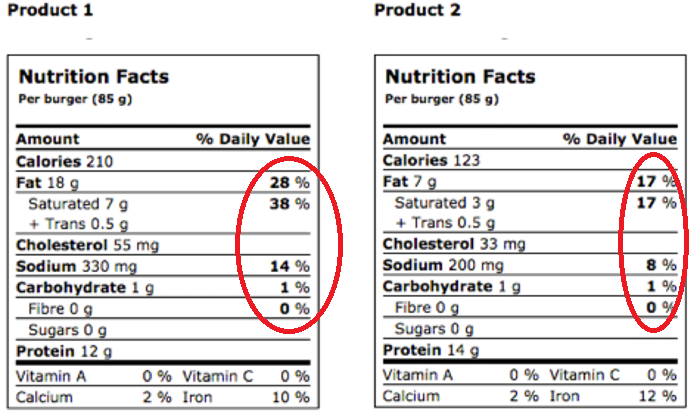
Looking at % DV, Product 2 has lower % DV for calories, fat and sodium
The next section on quality of nutrients will help you determine which nutrient marker you should pay attention to, to choose food that is better for general health.
5. Aim for higher nutrient quality
Food is more than just calories, carbs, and fats. The quality of nutrients may have an impact on your health and fitness.
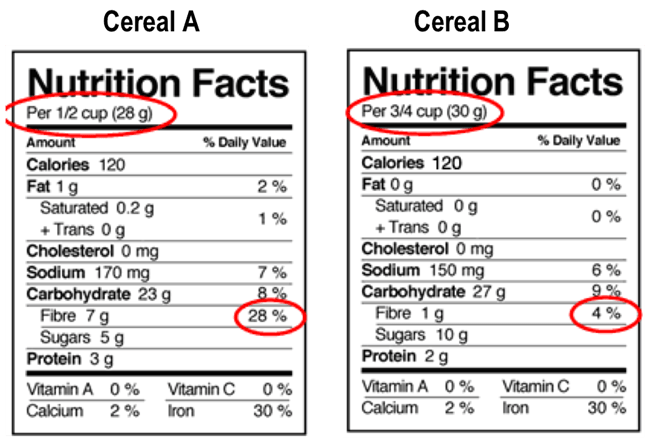
Both kinds of cereal have equal amounts of calories, but cereal A has more fibre for the same serving size
Here are some tips on what to look out for when reading food labels:Minimize food that contains
- High amount of sugar
- More than the recommended amount of 24g per day for females, and 36g per day for males
- Such as hydrogenated or partially hydrogenated oil, saturated fat and trans fat
- High amount of sodium
- More than the recommended amount of 2300mg per day
Maximize food that contains
- Higher in vitamins and minerals
- Such as vitamins, calcium, and iron
- Dietary fiber
- Helps you stay full and avoid overeating
- Higher in protein
- Helps you to stay full longer and requires more calories for the body to break down, compared to carbs and fats
Summary
- Aim for higher nutrient quality – Maximize fiber, protein, vitamins, and minerals while minimizing oil, sodium, and sugar.
- Beware of health claims on food packaging – They don’t provide you with the whole picture.
- Read the ingredient list – Make sure the components are both sufficient and of high quality.
- Pay attention to serving sizes and total amount – be aware of how much you are consuming.
- Check Calories, Fats, and Carbohydrates – depending on your goal, aim for lowest number accordingly and/or % DV.
- Aim for higher nutrient quality – minimize oil, sodium and sugar & maximize fibre, protein, vitamins and minerals.
Our personal training allows you to meet your lifestyle needs and is flexible to fit into your busy schedule. Feel free to contact us for details.
- Personal Training Ngee Ann City: Premium Fitness Solutions with RAW Active - June 27, 2025
- Personal Training Near ION Orchard: Transform Your Fitness Journey with RAW Active - June 24, 2025
- The Complete Guide to Adult Learning Methods: Maximizing Professional Development Through Effective Approaches - June 5, 2025
